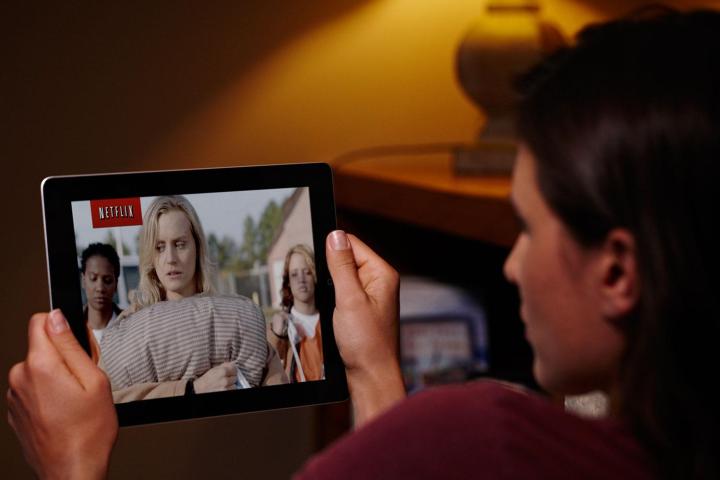
The video streaming giant has just updated its iOS app to enable in-app subscriptions for iPhone and iPad users.
While Netflix has had an iOS app available for years – since 2010, in fact – Apple’s policy of taking 30 percent of every in-app purchase has, until now, persuaded the streaming giant to hold back from including a sign-up option within its app.
Some streaming firms choose to pass on the cost of the so-called “Apple tax” to consumers signing up via their iOS app. Spotify, for example, charges $12.99 a month instead of the $9.99 it charges those signing up via the Web.
However, along with rival video streaming services HBO Now and Hulu, Netflix has opted to keep its subscription fees the same whichever way you choose to sign up.
Investigation
Apple’s policy of taking a 30 percent slice of every in-app purchase has been in place since the iOS app store launched seven years ago. However, with the rise of streaming services and the launch of Apple’s own music streaming offering, the policy has become the focus of an investigation by the Federal Trade Commission (FTC).
The antitrust agency is looking into whether the system gives Apple Music, which charges $9.99 a month, an unfair advantage over its competitors. The $9.99 fee is widely considered as the going rate for music subscription services, but rivals argue that Apple’s tax means they have to charge a greater amount for in-app subscriptions or see their profits take a hit.
Earlier this year it was reported Apple is looking into the idea of taking a smaller cut of purchases completed through iTunes and its app store, which may go some way to easing the concerns of competitors, as well as the FTC.
Besides bringing it in line with the competition, Netflix’s move to allow in-app subscriptions on iDevices also comes in recognition of the more central role mobile devices are playing in our lives. A recent survey revealed that more people than ever are turning to smartphones and tablets to view video, with the majority of users hitting apps rather than mobile sites to watch content.
Editors' Recommendations
- Here’s how Apple could change your iPhone forever
- This one thing could make iOS 18 the best iPhone update in years
- We now know when Apple is adding RCS to the iPhone
- Your iPhone just got a new iOS update, and you should download it right now
- YouTube TV just got even better on iPhones and iPads


